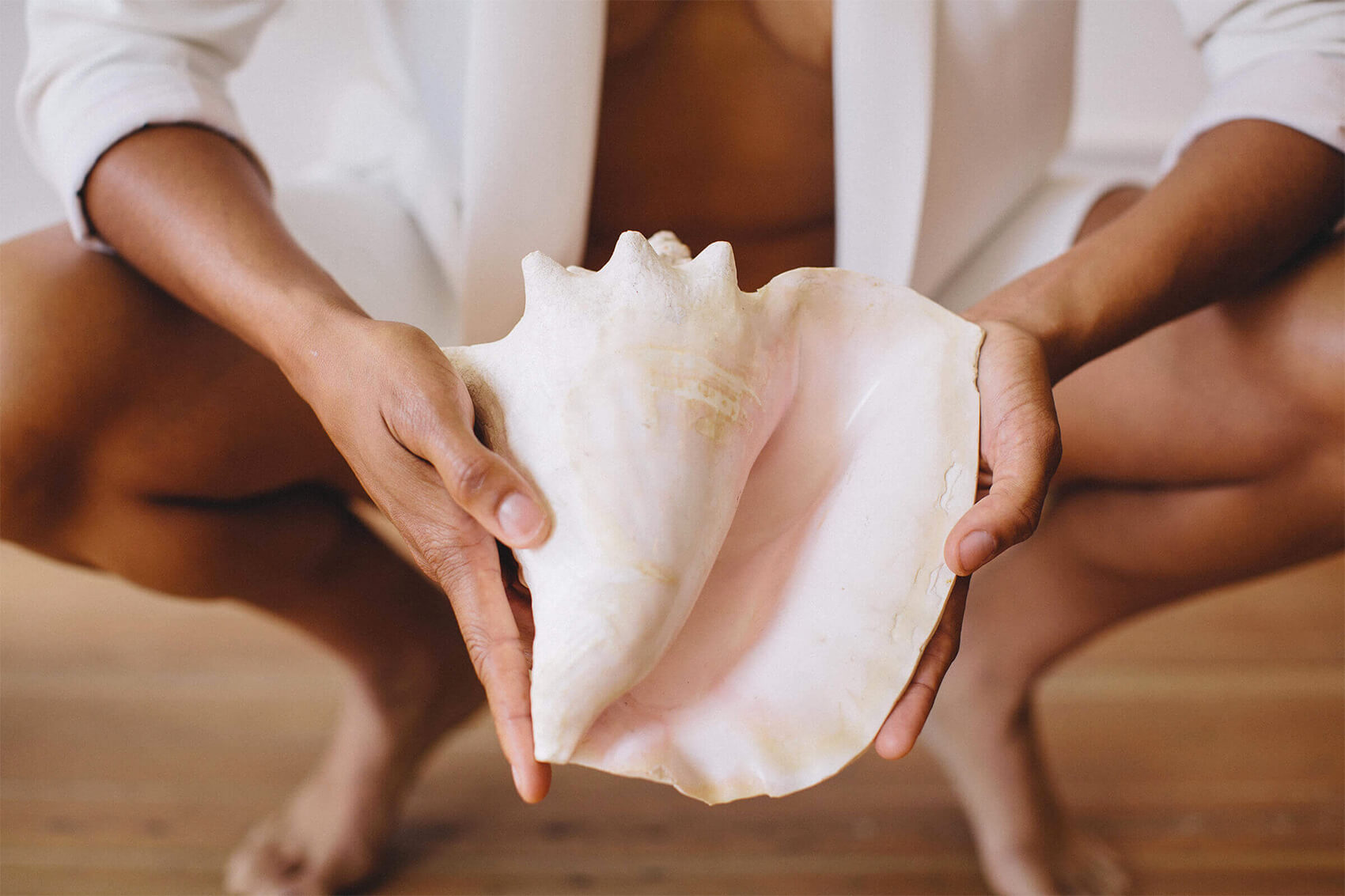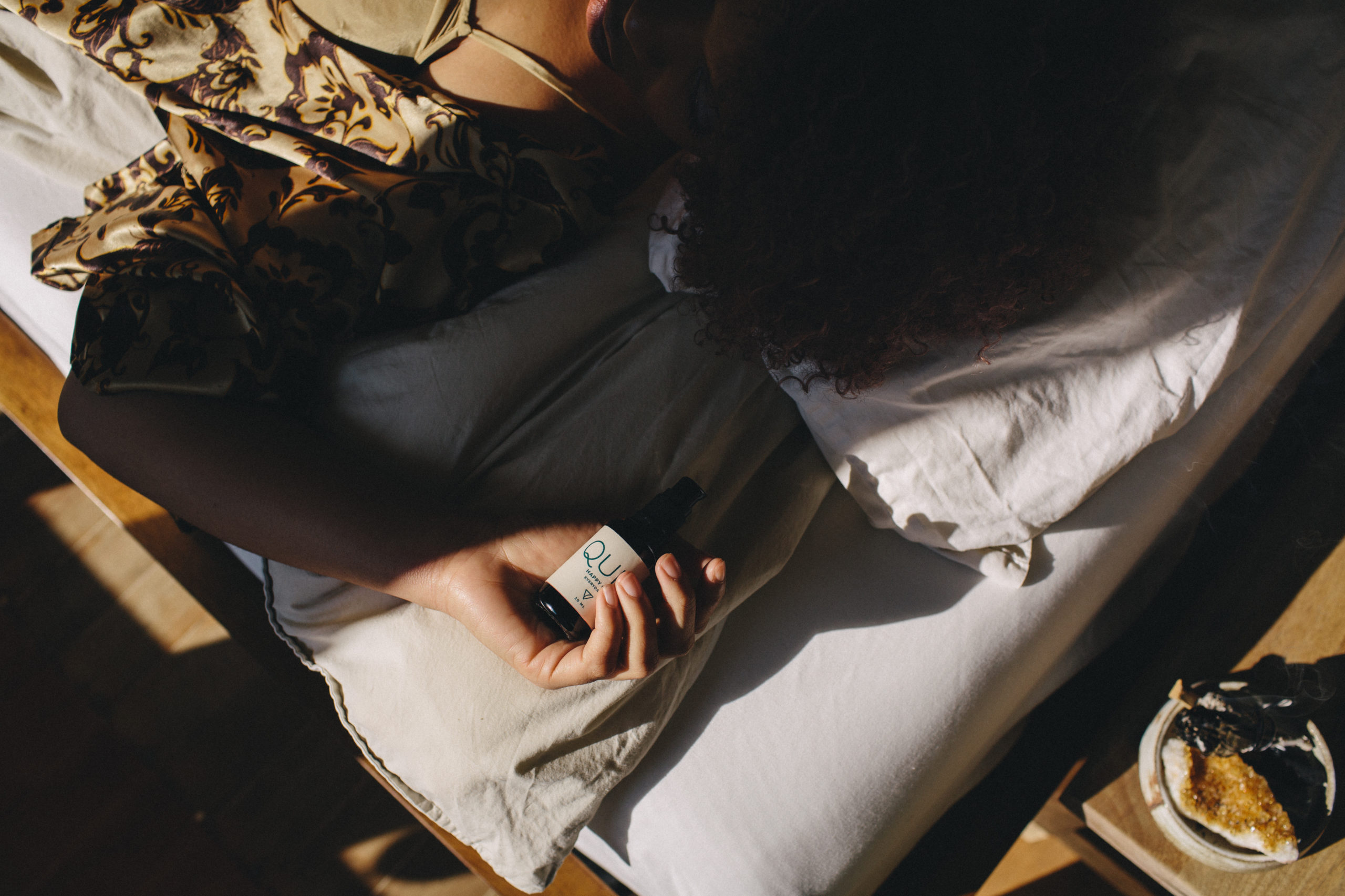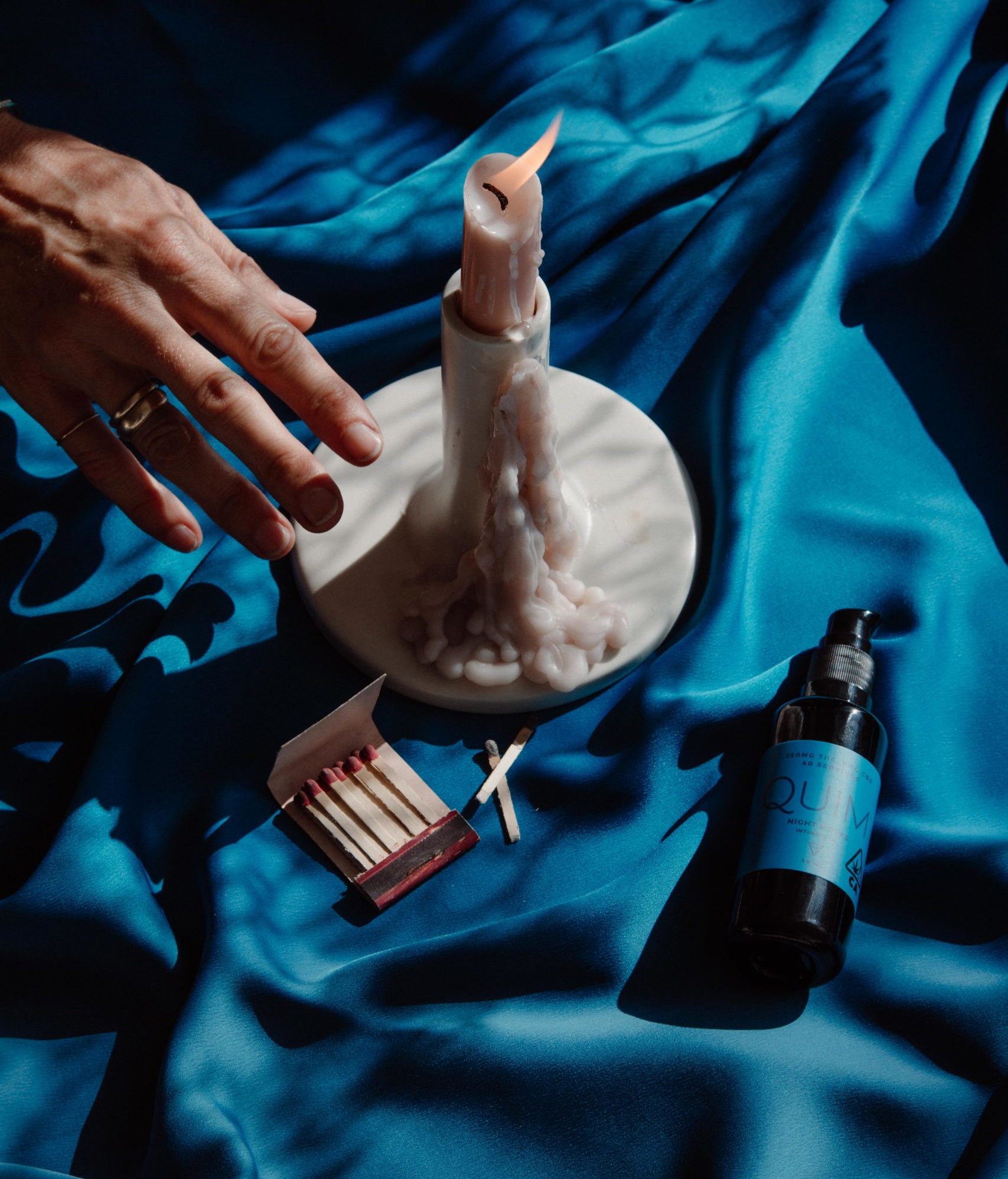Being born and raised in the Bay Area of California, I forget that not a lot of people grew up celebrating holidays like 4/20 at their local park or aspiring to write for a company that sells weed lube, but hey, we are who we are.
California does things differently than other states—California was the first state to legalize medical cannabis in 1996, and the fifth to legalize recreational cannabis in 2016. In 2018, the cannabis industry brought in an estimated $345 million in state tax revenue from cannabis sales alone. In 2019, the number of state felony cannabis arrests went down 27%.
And yet: California still enacts racially targeted policing (surveillance, harassment and arrests) of Black and Brown communities. And all that money being made on cannabis? It’s not going to those equity applicants and communities hit hardest by the War on Drugs as was originally promised by Californian politicians.
Meanwhile, in the rest of the country, someone is arrested for a marijuana offense every 58 seconds on average (country-wide info from the Drug Policy Alliance). According to the American Civil Liberties Union, as of 2018 cannabis still accounts for 50 percent of ALL drug arrests in the United States to this day.
How does that make sense, you ask? Simple, it doesn’t.
Who’s the Real ‘Menace’ to Society?
How is it that at any given time, I can download an app on my phone and within 30 minutes have up to an ounce of weed legally delivered to my doorstep—while at the same time, just two states over, some kid, likely black, is being arrested and sentenced to time in federal prison after getting caught with half of a joint in their pocket that they weren’t even actively smoking.
Upon realizing the dichotomy between the legalization of cannabis in some states, and the continued criminalization of it in other parts of the country, a lot of us want to point the finger at Richard Nixon, who in 1971 declared that drug abuse was America’s “Public Enemy Number One.”
When Nixon ordered that cannabis be categorized as a Schedule I controlled substance, he did so despite scientifically based recommendations that cannabis be decriminalized for adult use (see the Shafer Commission).
And before Nixon, it was Harry Anslinger, founding head of the Federal Bureau of Narcotics, who came up with reefer madness and duped Congress into passing the 1937 Marihuana Tax Act, which essentially marked the dawn of federal cannabis prohibition.
Anslinger, the man who started all this, used to publicly say things like, “Reefer makes darkies think they’re as good as white men.”
Crazy, right?
For nearly a century, the so-called War on Drugs has single-handedly led to a mass incarceration epidemic, political destabilization and corruption, and unprecedented violence to Black and Brown communities.
Millions of lives have been, and continue to be, negatively impacted by the current drug policies and classifications. The politicians and bureaucrats said they wanted to create a ‘drug-free’ country—which has never existed in the history of civilization—and instead, they created an industrial prison complex.
Focus on These Unanswered Questions
So how is it that we’re still having this conversation? Why are people holding on to cannabis fear and reluctance in 2022? Why are we still punishing non-violent cannabis offenders?
After all, this is a plant we’re talking about here. One that has been medically proven to heal and transform lives in ways that traditional western medicine has failed us.
How is it that in a country of “arguably” some of the most educated human beings of our time, we allow failed Nixon-era policies to remain the status quo? Are we as a country so incredibly inept to not be able to see this for the gross injustice that it is?
Shouldn’t drugs be considered a public health issue rather than a criminal issue?
Why are we letting bureaucrats play doctor? Why do they get to make medical decisions without having a medical license? Isn’t that against the law?
Why do we still allow them to throw harmless people in jail and to destroy families?
The War on Drugs has warped every institution in the U.S., and it should have never happened in the first place.
Maybe the greater crime – knowing what we know now – is allowing it to continue.
So, what do we do now? Where are the reparations for the millions of lives that have been negatively affected by this series of tragic injustices carried on from one presidential administration to the next ever since Franklin D. Roosevelt’s first year in office?
Let There Be No Confusion
While there are a handful of initiatives taking shape in California and other states to ensure people from disproportionately impacted communities have a fair chance to participate in the legal industry, there is still a long way to go on the national and global scale as far as reparations are concerned.
The War on Drugs was enacted not because drug use was the number one threat, but because Black and Brown people were.
Let there be no confusion or question as to what the driving force behind these laws and policies has always been, punishment, separation, and the disempowerment of Black and Brown communities.
If a solution to the “drug problem” was really what they were hoping to solve, you’d think, they’d ease up after a decade or two of failure. Maybe we’d start to think of some new ways to go about the issue?
If you want to eradicate drug abuse, you treat the addiction with rehabilitation – not punishment. They’ve been doing this successfully in Portugal for years.
Now, if your goal is to disempower a whole generation of people, well, you over-police their communities and imprison all of their men and boys – never actually providing them with the help or rehabilitation they need – so that ultimately the family unit is fractured beyond repair and the cycle of struggle and lack continues to rear its ugly head.
Today, as women, as cannabis consumers, and as people of color, we have to decide if we’re going to continue to wait on the same people to get their shit together and make room for us at the table.
Seems a little naive to me…
Becoming Agents of Change
Don’t wait on others to empower you when they have no interest in seeing you thrive. Wake up sleeping beauty – you are your own damn prince charming.
Javier Hasse, cannabis journalist and author of Start Your Own Cannabis Business, said it best: “There is still a lot to do to make the cannabis industry really inclusive. As we build a new industry that reflects the ethos of our time, it’s important to emphasize equality and inclusion in all its forms.”
And that’s the big question: What do we the people do about the vast inconsistencies between the booming cannabis industry and the criminalization of cannabis everywhere else in the world?
As women and as people of color let us continue to educate ourselves on the complexities of this industry so that we can put ourselves in positions to create more opportunities for the empowerment of our people.
I am not here claiming to have all the answers or solutions, but I am here to provide you with an opportunity to wake up and empower yourself and your communities.
We need to look in the mirror and seriously ask ourselves, are we going to remain victims of circumstance or are we going to be active agents of change?
Sincerely yours,
Imán B. Lewis


 Somehow, it’s been nearly three years since COVID-19 brought the entire globe to a grinding halt. While employers have rolled out return-to-office plans and toilet paper is back in stock, our dating and sex lives are still adjusting to the new normal.
Somehow, it’s been nearly three years since COVID-19 brought the entire globe to a grinding halt. While employers have rolled out return-to-office plans and toilet paper is back in stock, our dating and sex lives are still adjusting to the new normal.




 From vibrators to dildos, butt plugs to strokers, there’s a toy out there for every kind of play. Now, toys AND lube? That’s a match made in heaven!
From vibrators to dildos, butt plugs to strokers, there’s a toy out there for every kind of play. Now, toys AND lube? That’s a match made in heaven!



